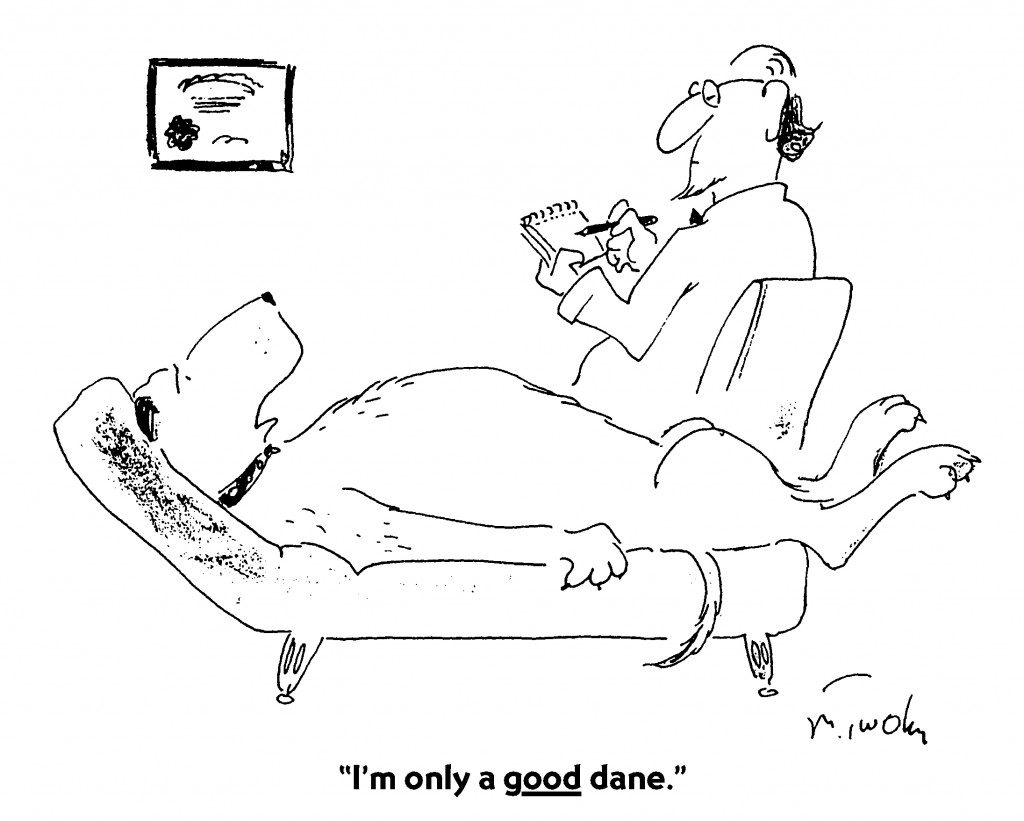What is Cognitive Therapy?
Cognitive therapy is a proven problem-solving approach to help individuals stuck in feelings of distress or maladaptive behavior patterns. Research demonstrates that such difficulties are associated with negative, harsh, and extreme thinking patterns. When we examine these thinking patterns, we typically discover inaccuracies, referred to as cognitive distortions. In cognitive therapy, individuals are taught to identify their negative thoughts and replace them with more accurate, adaptive, and helpful ones.
Goals of Cognitive Behavioral Therapy Include:
- the promotion of self-awareness and emotional intelligence by teaching clients to “read” their emotions and distinguish healthy from unhealthy feelings
- helping clients understand how distorted perceptions and thoughts contribute to painful feelings
- the rapid reduction of symptoms with an emphasis on examining the client’s current situation and solving current problems
- the development of self-control by teaching clients specific techniques to identify and challenge distorted thinking
- prevention of future episodes of emotional distress and development of personal growth by helping clients change core beliefs that are often at the heart of their suffering.
How Does Cognitive Therapy Differ from Traditional Therapy?
Cognitive therapy differs from traditional therapy in many ways. Cognitive therapy is:
- active
- directive
- focused on the present time
- short-term
Cognitive therapy emphasizes:
- identification of problems and goals that are shared by client and therapist
- clear-cut agenda for each session
- self-help homework recommended for practice and progress
- objective measures of outcome
The therapist’s role is to provide a range of cognitive, behavioral, and experiential strategies to alleviate the client’s suffering.

How Effective is Cognitive Behavioral Therapy?
Very. Cognitive therapy is the most widely researched of all modern psychotherapies. There have been over 350 studies designed to investigate the benefits of cognitive therapy. Most studies indicate that cognitive therapy reduces symptoms of depression and anxiety as effectively as medication, with lower rates of relapse. In addition, cognitive therapy has been shown to be helpful with the following disorders:
- phobias
- obsessive-compulsive disorder
- panic attacks
- social anxiety
- post-traumatic stress disorder
- bipolar disorder
- substance abuse difficulties
- generalized anxiety disorder
- anger problems
- medical disorders affected by stress, such as high blood pressure, headaches, gastrointestinal problems, insomnia, and chronic pain.
Frequently Asked Questions about Cognitive Therapy
How Long Does Therapy Take?
Cognitive therapy is a short-term treatment model. Although treatment is always tailored to the individual’s unique difficulties and circumstances, the course of therapy for most disorders is 8-15 sessions. Some clients respond more quickly to treatment, while others require a longer course of therapy to attain optimal results. Booster sessions are often encouraged to prevent a relapse of symptoms and to reinforce client’s self-help skills. Clients like short-term, focused therapy to alleviate problems, which saves them time and money.
What Happens during the Course of Therapy?
First Session
The therapist’s most important job is to promote a strong working alliance with the client. This is primarily done by conveying empathy and understanding of the client’s problems. The client is helped to explore the difficult thoughts and feelings that may need to be altered.
The initial session is usually devoted to determining if cognitive therapy is the suitable treatment and identifying problem areas with accompanying goals of treatment. We also consider whether medication might be a helpful adjunct to treatment.
In the initial session we develop a list of the client’s problems and symptoms and begin to translate these into target goals. The client is given feedback on his difficulties and how cognitive therapy might be helpful.
What Happens in the Second Session?
By the end of the second session, we have begun to identify the distortions in thinking and unproductive behavior patterns that contribute to the client’s difficulties. A treatment plan that spells out the steps and techniques to help reduce symptoms and solve the client’s problems will be presented. The client should have a clear understanding of the course of therapy through a case formulation that includes:
(1) a detailed listing of the client’s problems and symptoms
(2) the relevant distortions in thinking and unproductive behavior patterns that contribute to the client’s difficulties
(3) agreed-upon realistic treatment goals
(4) a clear-cut treatment plan which spells out the steps and techniques to help solve the client’s problems and reduce symptoms.
What’s Next?
During the next several sessions, the client and therapist work in a collaborative manner to address the client’s immediate concerns and to reduce suffering. The cognitive therapist is active and directive. The client is taught a range of emotional and behavioral self-control skills. We try to provide clear rationales for treatment strategies and give the client explicit feedback about his or her problems and possible solutions. Progress toward treatment goals is measured.
Sessions typically have the following structure:
1. Client and therapist collaboratively set an agenda for the session, which involves trying to resolve a current concern.
2. The therapist facilitates problem-solving by choosing from a range of cognitive, behavioral, and experiential strategies.
3. Therapist and client review the session and consider “homework” that might be helpful.
Near the end of therapy, we help the client identify the basic attitudes and assumptions that may need to be altered to reduce future episodes of distress. We also teach specific relapse prevention techniques.
In the final stage of treatment, we help the client identify those basic beliefs and assumptions that may need to be altered to reduce future episodes of distress. We also teach specific relapse-prevention techniques.
Is Medication Used?
Treatment effectiveness for some difficulties may be enhanced with the use of medication. We will discuss the pros and cons of using medication, as well as provide information about research on the usefulness of medication with different disorders. If a client is already on medication, we will coordinate treatment with that provider. If a client is considering medication, we will refer the client to a psychopharmacologist, a specialist who can provide guidance and treatment.
How Is Progress Assessed?
Two key features of cognitive therapy are measurement and feedback. We administer mood scales and other psychological tools to measure progress objectively. We encourage ongoing feedback regarding progress and any perceived obstacles to treatment.
